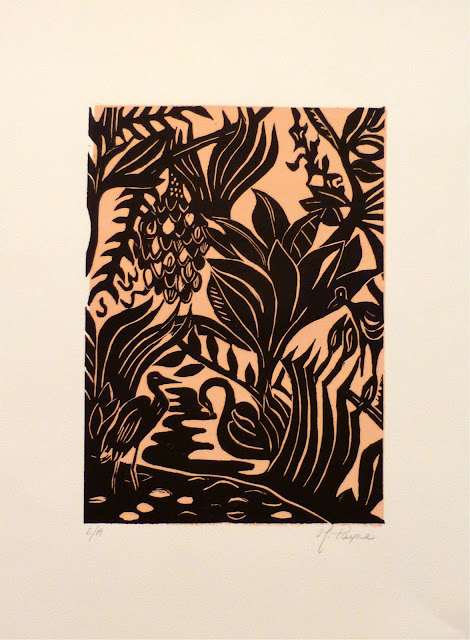Ok, so it has been a couple of weeks now that I did the deed of "daring do" as regards to the Asian frelon ( hornet) in my garden.
Monsieur and I both noticed that the coal tits had not made their habitual visit to our nesting box ( nichoir) this year.
 |
| Coal Tits are common in our area. |
On observation of the box I found out why. There was an impressive "bee-like" insect going into the box. It was over an inch long!
 |
| Asian Hornet : Photo by ign.com |
Luckily it had left me alone when I had been trimming the bay tree. ... where we had our nesting box wired. I got right down from the tree and "googled" it.
What I found out made me "mad as a hornet" because I am pretty sure, that being carnivorous, the Asian hornets had already destroyed the wild honeybee nest .... the one that has been on our property for over 20 years...the one that each year produced several swarms and who's residents enjoyed the pesticide free garden I have created. ...BECAUSE ASIAN HORNETS EAT BEES!
The "bee guy" that we had called from "S.O.S. Assaim" has profited from our swarms of bees for several years now. He would come with his assistant and load the swarm into a new home. It was he who had told us that our hive was a combination of wild and commercial honeybees. And now they have disappeared probably due to the Asian hornet.
So I sent a mail to a local association in France dedicated to controlling the Asian Hornet and asked how to go about eradicating the hornet's nest without using poison.
A helpful fellow wrote back a week later and said that I should put on two layers of clothes, a helmet with a net and stuff a wet paper plug into the hole of the nichoir. ...then put it in the sun until the beasts were dead.
But hey, he was a week too late telling me this. I had already decided to act before I heard from him. I didn't want the nest to get bigger and I didn't want offspring starting to be produced.
As far as I could tell from observation, the activity was from a single hornet coming and going and her movement stopped in the evening and didn't start until around 10 in the morning.
So I waited until a friend was here ( Monsieur was away), then I climbed the ladder early in the morning ( without any protective clothes). Yes, I made sure my friend was around in case I had to be rushed to the hospital. These insects can sting multiple times and have been known to kill people...(at least in China! )
So foolishly perhaps, without any special clothes, I sealed the box with a piece of strong packing tape in one swift movement. I then took the whole box down out of the tree with the hole taped up.
I listened and something was moving inside. I had at least one hornet
.....but how to kill this evil queen.
I thought of Robert Frost's poem.
Fire and Ice by Robert Frost
Some say the world will end in fire,
Some say in ice.
From what I’ve tasted of desire
I hold with those who favor fire.
But if it had to perish twice,
I think I know enough of hate
To say that for destruction ice
Is also great
And would suffice.
Frankly, leaving it in the heat to die seemed more cruel than the second option. .....so I cleared out the second drawer of the freezer and put the whole nichoir in there for four hours. Clever me!
Finally I had enough nerve to open it. And here is what I found: the paper nest was only about 10 cm across. Whew, I had gotten it early. And there was just a sole hornet.
 |
| Photo by Mary M Payne |
Next year beginning in February, when the nest building starts, I am going to devise a trap for the hornets. I can't support this bee eater in my garden again and I want to do my part for the bee population!
I hear hornets like beer or wine and that is what I will put in my "piege". ...maybe wine since after all, we are in France!













